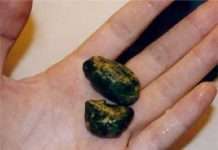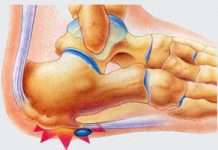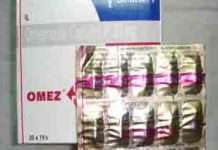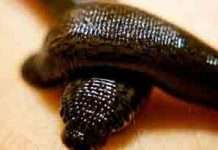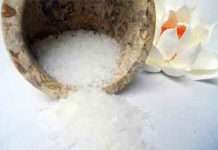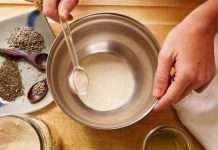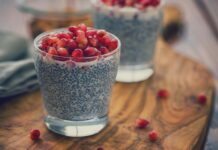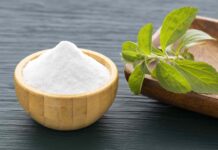Experiencing some soreness after a workout is normal, especially if you’re new to exercising. This post-exercise soreness, also known as delayed-onset muscle soreness (DOMS), typically peaks between 24 and 72 hours after intense muscle activity, as explained in Clinical Ultrasound.
Interestingly, your abdominal muscles can become sore even during activities that don’t directly target your core. Running a marathon, performing heavy squats, or even playing a competitive game of pickleball can lead to abdominal soreness, as your abs play a crucial role in many movements.
Typically, post-workout abdominal pain is a sign of exertion: perhaps you pushed your abs too hard, skipped your warm-up, had flawed form, or moved with sudden force. This type of soreness should subside within a few days. The remedies below can offer temporary relief and accelerate the healing process.
However, sudden or persistent abdominal pain warrants a discussion with your doctor to rule out other potential issues.
Relief Strategies for Sore Abs
Here’s a breakdown of effective strategies to manage your sore abs:
-
Epsom Salt Baths: Magnesium, the key ingredient in Epsom salts, is a natural muscle relaxant. While definitive scientific research on this specific treatment for abdominal soreness is limited, the idea is that soaking in an Epsom salt bath allows magnesium to be absorbed through the skin, easing muscle discomfort. A safe and affordable option, try adding one to two cups of Epsom salts to a warm bath and soaking for at least 10 to 15 minutes.
-
Over-the-Counter Pain Medications: Nonsteroidal anti-inflammatory drugs (NSAIDs) like ibuprofen or naproxen can quickly reduce inflammation and provide relief. Important note: Always consult your doctor before taking any over-the-counter medication, especially if you’re on other prescriptions, and adhere to the package’s dosage instructions. These medications are intended for temporary relief and shouldn’t be relied on to get you through workouts.
-
Apply Heat: Supplementing an Epsom salt bath with a heating pad or heat pack can be beneficial, particularly if your abs are cramping. Caution: Never apply a heating pad directly to your skin, particularly on the abdominal area, as this skin is less protected. Heat can help relieve tightness and spasms, according to Johns Hopkins Medicine.
-
Gentle Stretching: Stretching after a workout increases blood flow, promoting healing. This can be considered a form of active recovery. However, stop immediately if a stretch causes sharp pain. Here are a few stretches to consider:
- Cobra: Lie face down on a mat or towel. Slide your hands under your armpits, palms flat, elbows pointing up. Extend your legs. Press into your palms, lifting your head and chest, feeling a comfortable stretch in your abs. Hold for several breaths, then release.
- Standing Side Bend: Stand tall with feet hip-distance apart. Raise your arms overhead, pressing palms together. Lean to the side, firmly rooting your opposite foot. Feel the stretch in your abs and torso.
- Reclined Bridge Pose: Lie on your back with knees bent and feet close to your glutes. Press through your heels to gently lift your hips, forming a diagonal line from your knees to your shoulders.
-
Prioritize Rest: If soreness is hindering daily activities, you likely overexerted yourself. Consider reducing sets or using lighter weights in future workouts, gradually building up intensity. Resting your abs until the discomfort disappears is essential.
-
Maintain Healthy Habits: Focus on supporting muscle recovery through good sleep, hydration, and adequate protein and carbohydrates. These habits are crucial for workout results and can also ease soreness.
When to Seek Medical Attention
Persistent or worsening abdominal pain requires a medical evaluation. It is possible that the cause of the pain is not related to normal soreness from exercise.
Addressing abdominal pain after exercise involves immediate relief strategies alongside a focus on long-term recovery and prevention. By paying attention to your body and addressing the pain promptly, you can return to your routine and reduce potential injury













